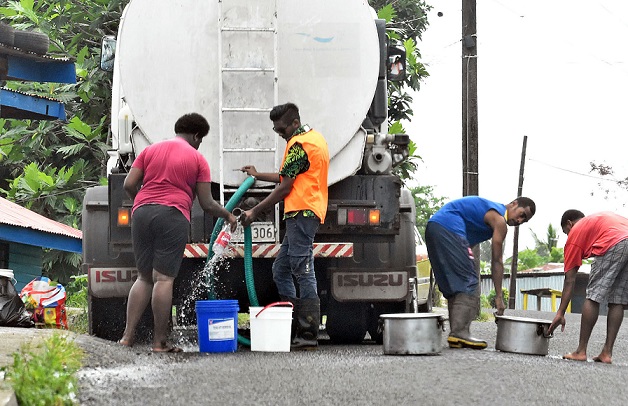While most rural communities have access to piped water, the sources of those water are very vulnerable, says University of Sydney environmental engineer Jacqueline Thomas.
Speaking to this newspaper during the WISH Fiji Reduces Water-Related Disease Risk; Facilitates Access to Cleaner Water workshop in Suva this week, she said this was one of the surprising findings they learned while working with 29 rural communities under the Watershed Interventions for Systems Health in Fiji (WISH) project.
“And I think one thing that was quite surprising is that most of the rural communities have piped water. Now piped water sits on a higher tier, it’s a safer level of water, if you look at something like the SDG, however, what we were surprised by is when we went to have a look at the source of the water, the spring to the dam, those dams were really vulnerable,” she said.
“You know, the animals would come, and they’d be cows or wild pigs, if there is a large rainfall event, then they’d fill up with leaves and soil, and then the village couldn’t drink the water because it was very turbid, or the pipes would break.
“I think what we really kind of learned was that the dam water, even though it’s piped, if the raw water source, if the source of the water coming into the pipes is vulnerable, then it doesn’t matter that it’s piped to household, it’s still going to be a risk.”
She said despite having access to piped water, the condition of the dams showed it was risky or not safe for people.
“Some of the things the communities did themselves quite simply were fencing out animals, potentially re-vegetating some of the banks so the soil doesn’t wash in, and also maintaining pipes so making sure the reservoirs connected, or have a pressure release.
“So I think that’s kind of one of the most important things that we learned was that those systems are vulnerable but there were key things the communities can do in partnership with Water Authority of Fiji (WAF), or, you know, from their own initiative or local government to repair them and manage them themselves.”


